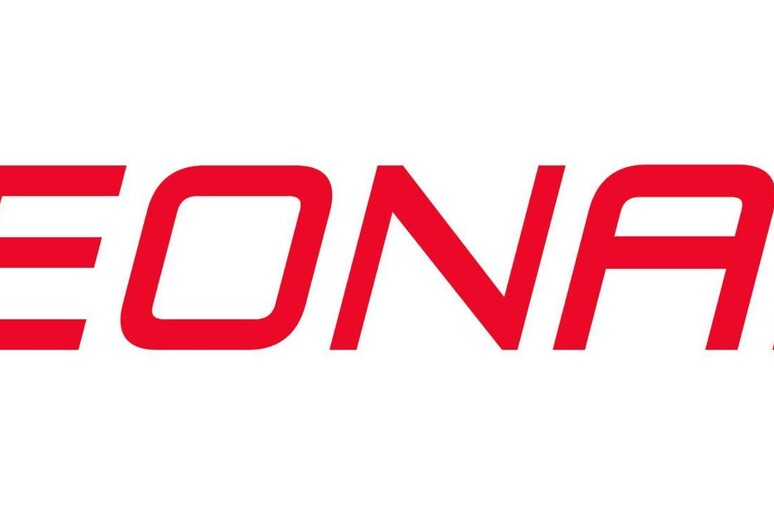Italian aerospace giant
Leonardo-Finmeccanica is to make record-size solar panels for a
new mission to explore Jupiter, the Italian company said
Wednesday.
Leonardo-Finmeccanica has been awarded a contract by Airbus
Defence and Space, the world's second largest space company, to
develop the photovoltaic power generator for the JUICE Space
mission.
With ten solar panels forming a total surface area of just
over 97 square metres, the array will be the largest in the
history of exploring the Solar System.
The previous record was held by Leonardo's array for the
Rosetta mission, which measured 64 square metres. The company
has provided numerous such systems to power Space missions and
is considered a leader in the field.
Scheduled for launch in 2022 and expected to reach Jupiter
in October 2029, the JUICE (JUpiter ICy moon Explorer)
spacecraft is being designed and built by Airbus Defence and
Space, prime contractor.
The European Space Agency mission - with an important
contribution from the Italian Space Agency (ASI) - will study
Jupiter and its three large, icy moons - Ganymede, Callisto and
Europa.
Discovered by Galileo Galilei in 1610, the moons are of
great interest because they are thought to have vast oceans of
water beneath their surfaces, making them potentially habitable
environments.
The mission will explore the surface and inner layers of
the moons, investigating the conditions for the emergence of
life.
Leonardo's array uses Gallium Arsenide (GaAs) solar cells,
crystals that convert sunlight into electric current. These are
optimised for low intensity lighting and low temperatures, which
is important because at such a great distance from the Sun less
than one twenty-fifth of the sunlight you would get on Earth
will reach the spacecraft and the solar panel will reach
temperatures of -230°c.
ALL RIGHTS RESERVED © Copyright ANSA











